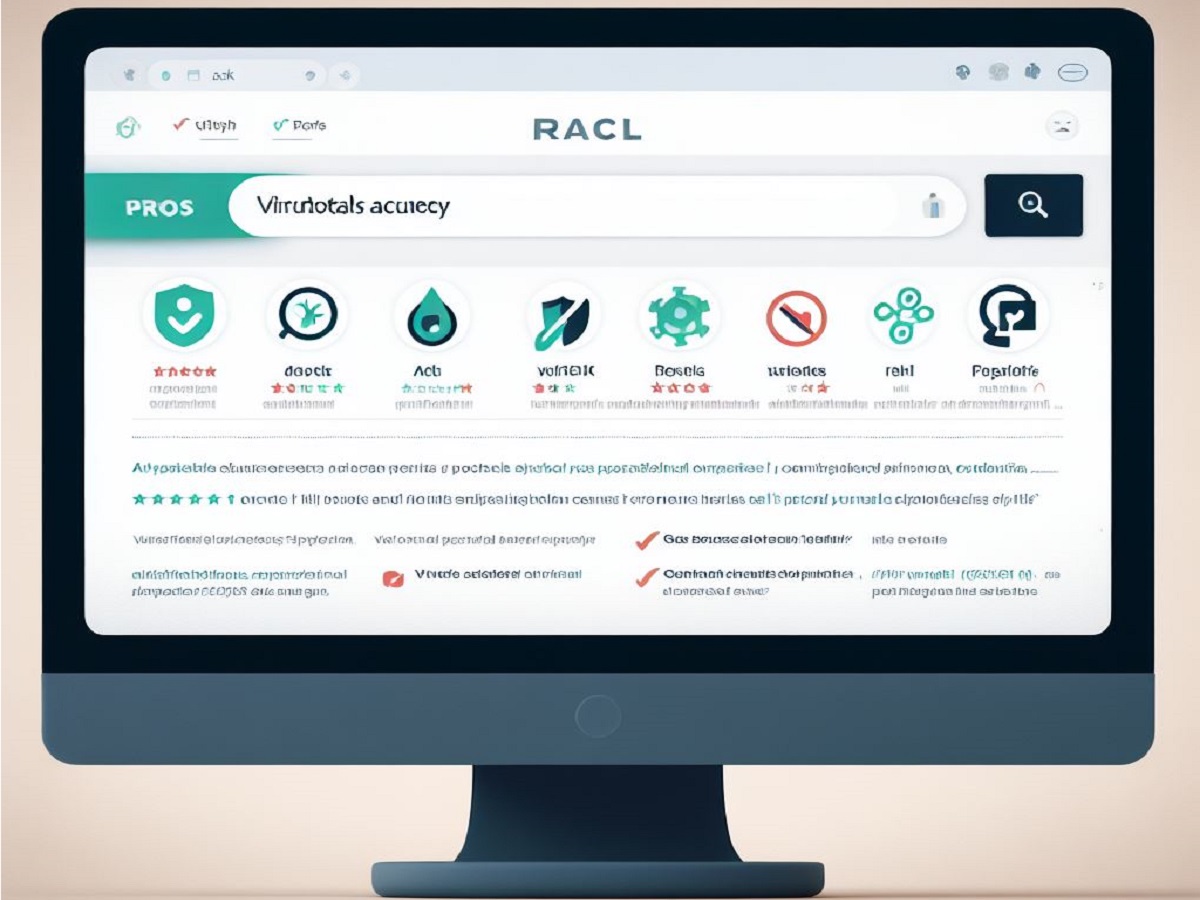Virustotal is a widely used online service that is vital to cybersecurity. It allows users to assess the security of digital files and URLs by subjecting them to scanning and analysis by multiple antivirus engines. The accuracy of these assessments is paramount, as users rely on Virustotal to make informed decisions about the safety of digital content. In this comprehensive analysis, we will explore the accuracy of Virustotal without using the term “Understanding.”
The Importance of Accuracy
In the context of Virustotal, accuracy refers to the correctness and reliability of the security assessments it provides. Users depend on Virustotal’s results to identify security threats in digital files and URLs. Inaccurate assessments can have significant consequences, including exposing users to malicious content or causing unnecessary concern over false positives.
Key Factors Influencing Accuracy
The accuracy of Virustotal’s assessments is influenced by various factors, each of which plays a crucial role in determining how reliable and trustworthy the results are:
Antivirus Engine Quality
A fundamental determinant of accuracy is the quality and effectiveness of the antivirus engines Virustotal uses. These engines are responsible for detecting potential security threats within files and URLs. The reliability and thoroughness of each engine’s detection capabilities directly impact the accuracy of the assessments.
Number of Antivirus Engines
Virustotal utilizes multiple antivirus engines, often exceeding 70, to scan and analyze content. A higher number of engines can enhance accuracy by providing a broader range of perspectives and detection methods. However, the quality and consistency of these engines also matter.
Detection Techniques
Antivirus engines employ various detection techniques, including signature-based detection, heuristics, and behavioral analysis. Combining these techniques influences the depth and breadth of potential threats that can be identified. Effective utilization of diverse detection techniques contributes to accuracy.
Database Updates
The accuracy of security assessments relies on up-to-date virus definitions and threat databases. Antivirus engines must regularly update their databases to recognize new threats. Timely updates are essential to ensure that emerging threats are accurately detected.
False Positives and False Negatives
Accuracy is also contingent on minimizing false positives (flagging safe content as malicious) and false negatives (failing to detect actual threats). Striking a balance between these two types of errors is crucial for trustworthy assessments.
User Engagement
The Virustotal platform fosters user engagement through comments and discussions on analysis reports. This community interaction adds depth to the understanding of potential threats. Users sharing information about their experiences and insights can enhance the accuracy of assessments.
Historical Data
Retaining historical data is another dimension of accuracy. Users can access historical assessments to track how the reputation of a file or URL has evolved. This historical perspective can be instrumental in understanding the accuracy of prior assessments.
User Expertise
Users’ level of expertise and knowledge can affect the interpretation of Virustotal’s results. Users who possess a deeper understanding of cybersecurity concepts and antivirus engines are more likely to make accurate judgments based on the assessments provided.
Evaluating Accuracy
To assess the accuracy of Virustotal, we can consider the following aspects and best practices:
Cross-Verification
A prudent approach to using Virustotal is cross-verifying results with other security tools and services. Different antivirus engines and tools may produce varying results. By comparing multiple sources, users can arrive at a more accurate assessment.
Regular Scanning
Cyber threats are continually evolving. What was safe yesterday may not be today. Regularly scanning files and URLs, especially those associated with critical or sensitive activities, is a best practice to maintain accuracy in security assessments.
Stay Informed
Keeping up to date with the latest cybersecurity trends and threats is essential. Staying informed about emerging risks helps users interpret Virustotal results more effectively and make informed decisions.
User Feedback and Discussions
Virustotal’s community engagement through comments and discussions is an excellent resource for enhancing accuracy. Users should actively participate in discussions, share their experiences, and contribute to a collective understanding of potential threats.
Historical Analysis
Historical data provides valuable insights into the accuracy of past assessments. Users can review how a file or URL’s reputation has evolved. This historical perspective can inform judgments about accuracy.
Understanding Detection Techniques
Familiarity with how antivirus engines work and what different types of detections mean is vital. Users with knowledge of cybersecurity concepts are better equipped to interpret results accurately.
Conclusion
The accuracy of Virustotal’s security assessments is a critical aspect of its utility in the cybersecurity landscape. Users rely on this service to make informed decisions about the safety of digital content, and accuracy is paramount in achieving this goal.
Virustotal’s accuracy is influenced by a combination of factors, including the quality of antivirus engines, the number of engines used, the effectiveness of detection techniques, timely database updates, the occurrence of false positives and false negatives, user engagement, historical data, and user expertise.
To use Virustotal effectively and assess accuracy, users should consider best practices such as cross-verifying results, regularly scanning files and URLs, staying informed about cybersecurity trends, actively participating in user discussions, reviewing historical data, and understanding detection techniques.
Ultimately, the accuracy of Virustotal’s assessments is a dynamic and collaborative effort that relies on the quality of its antivirus engines, user engagement, and the evolving nature of cybersecurity threats. While the platform is a valuable tool, users must complement it with their knowledge and best practices to make well-informed decisions regarding the safety of digital content.

